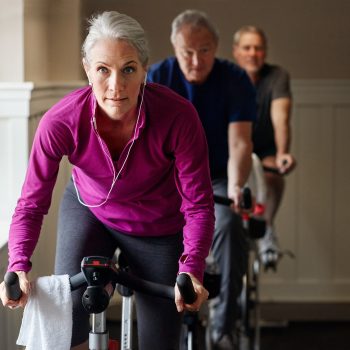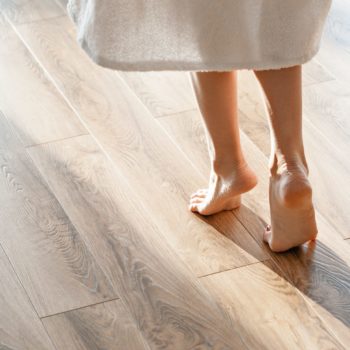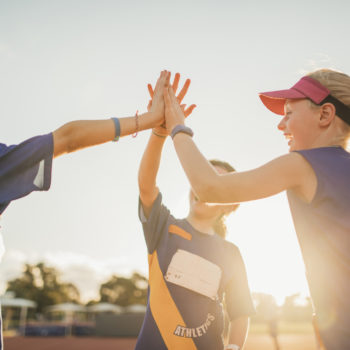Sometimes an operation involving the implantation of prosthesis may be necessary to recover the knee function. The joint replacement may be partial or total and the intervention will be followed by a rehabilitation programme to recover joint mobility. In what cases will prosthesis be used? We discuss this topic with Dr. Enrico Arnaldi, Head of Arthroscopic and Reconstructive Orthopedics at Humanitas.
The first knee implants were carried out in the 1970s and over time they have improved considerably, using mini-invasive techniques and with a very low complication rate. Latest generation dentures have reached a longer life span, even over 20 years: “In addition, surgical techniques are more respectful of intra-articular and peri-articular anatomical structures. The outcome is better results, with the possibility for the patient to achieve higher functional performance,” explains Dr. Arnaldi.
The types of intervention
The candidate patient for prosthetic surgery is an individual who will usually be over 50 years of age, suffering from an arthrosic process that limits stability, function and joint mobility. When conservative treatment for arthrosis has failed, surgery will therefore be necessary. It is the patient’s condition that guides the decision to implant the prosthesis: “The prosthesis is inevitable when the joint is very worn out and has lost its function. By reducing joint excursion, the patient is unable to extend and bend the knee and thus walk correctly.
The indication for the surgery derives from the degree of joint wear measured only by simple radiographic examinations, which, in addition to arthrosis, – adds Dr. Arnaldi – also detect the presence of alteration of the mechanical axis, with the knee deviated in launching or valgus “.
The surgery consists of removing worn bone and cartilage surfaces and implantation of a prosthetic coating. In partial dentures, only the bone surfaces of the inner (or medial) or outer (or lateral) compartment of the knee are replaced, and very rarely the femoralrotuleum. This is why we are talking here about single departmental prostheses. They are “small implants”, more conservative prostheses indicated in case of wear limited to certain joint tissues in a knee that will have retained part of its physiological function “.
With the insertion of a total knee prosthesis, the bone surfaces replaced with metal parts are those of the tibia and femur: “The implant, indicated for more severe trichompartmental arthrosis, will cover the knee in its entirety and, unlike the” small implants “, also allow to correct any deformations of the biomechanical axis of the knee, realigning the joint”.
The recovery
After the intervention, a rehabilitation programme will be launched to recover joint mobility as much as possible. Movement will be encouraged as soon as possible in order to be able to quickly return to everyday activities: “In the short term the objective is an early recovery of the functional and motor scheme. In the event of a surgery, if possible, an attempt will be made to “verticalize” the patient so that he or she can walk as soon as possible. In four or seven/eight days, respectively after a single compartmental or total prosthesis surgery, the patient is discharged. One of the first concerns of those who have been affected is when they can get back to driving. Well, even within a month the patient will be able to do so.
Rehabilitation goals will also include the recovery of an adequate muscle tone to support the movement and it will also be possible to perform home exercises. The important thing is that rehabilitation should be gradual: “In six months, the patient returns to a normal life even with the possibility of recreational activities, naturally with the limitations related to the presence of the prosthesis. In fact, if on one hand running a race is not recommended; on the other hand, skiing, tennis, golf and hiking are recommended, activities that can also be included in rehabilitation “, concludes Dr. Arnaldi.







